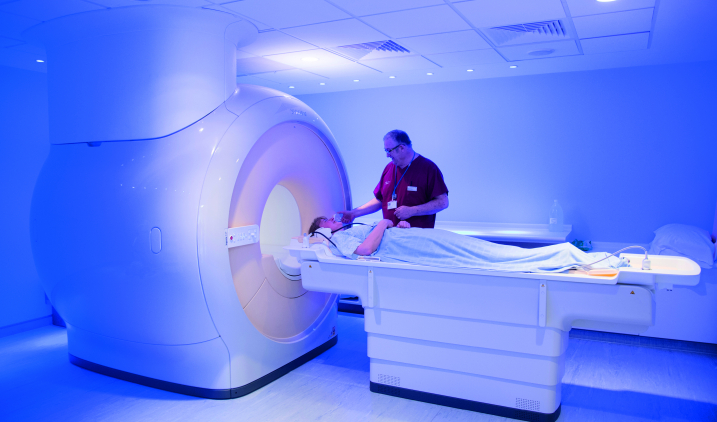Training, development and registration (radiotherapy physics)
Your training depends on the level you enter your career in radiotherapy [1] physics.

Training and development
The education and training you will take, will depend upon the level at which you are working:
- to enter through the NHS Practitioner Training Programme (PTP) [2] you’ll need to take a full-time (usually three-year) accredited integrated BSc degree in healthcare science (radiotherapy [1] physics) at university. At least 50 weeks of workplace-based training in the NHS is included in these programmes. For the most up-to-date list of accredited BSc healthcare science degrees, please use our course finder [3]. Applications for full-time courses are made through UCAS [4]. Graduates with a first degree in physics can also enter through the PTP [2], by applying for an appropriate position with an NHS Trust through the NHS Jobs website [5] and be supported to take the two-year part-time graduate diploma in healthcare science (with pathways in radiotherapy [1] and nuclear medicine). This course is currently offered at the University of Cumbria [6]
- if you enter the NHS Scientist Training Programme (STP) [7], you’ll will be employed in a fixed-term, salaried training post and will study towards a Master's degree in clinical science (medical physics)
- if you enter Higher Specialist Scientist Training (HSST) [8] you’ll study towards doctoral-level qualifications.
Programmes are often supported by the development of workplace-based assessment tools, assessment of equivalent learning and the development of academic careers.
Find out more about the graduate diploma in healthcare science at the University of Cumbria [6]
